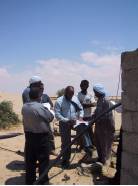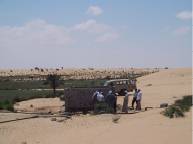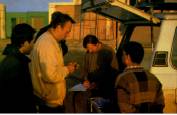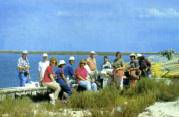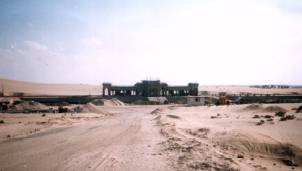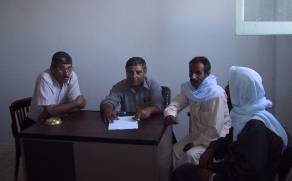Partcipipatory Planning - Example: Examples of Participatory Planning in Regional Planning
 |
Examples:
In the project, participatory planning processes were used successfully on a number of different occasions, including: Preliminary planning for a District. In this example the participatory process was used to decide upon the objectives, problems, and potential solutions. The participatory process included informal discussions with the communities and formal meetings with decision-makers. |
 |
Photo 5: Planners, assisted by external experts, identify and analyze the water problems in one of the villages.
Photo 6: People are consulted to give their view to local experts during the field work
Photo 7: People are consulted to solve the water problem with local experts of the local water project
|
|
|
Protected areaFor the proposed area to be protected, participatory methods were used to define the objectives of the area to be protected, determine the problems and constraints affecting the area and determining the alternative solutions that can be practically implemented. Both formal and informal meetings were used during the participatory process. |
 |
Photo 8: Experts are discussing a few points with visitors in the protected area
Photo 9: Dialogues with local people are conducted in order to give their view to planners in the protected area for the identification of problems and solutions
Photo 10: Dialogues with visitors show opinions to local experts in the protected area
|
Railway stationParticipatory planning techniques were used in order to plan the area surrounding the proposed railway station. The participants were requested to determine the main land use problems involved planning the new station location, determining the objectives of the exercise, and appraising the alternatives presented by the planners. Informal discussions were conducted with the people in the area and formal discussions were conducted with the decision-makers. Photo 11: A railway station under construction. The new railway tracks will reach the city soon.
|

